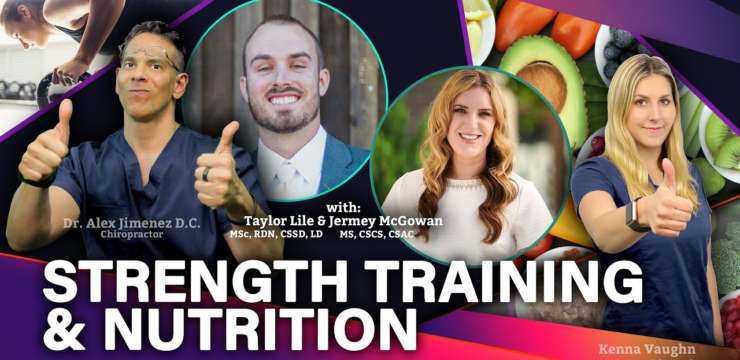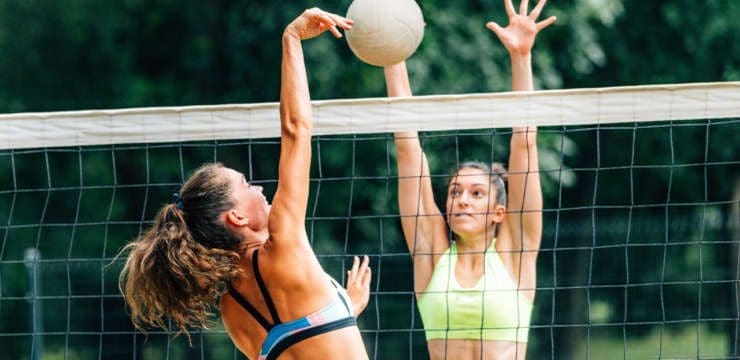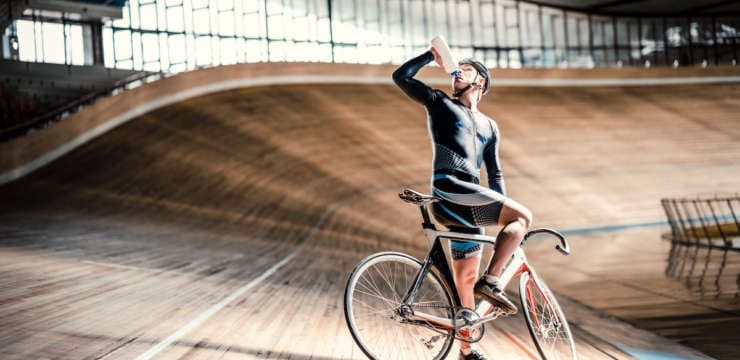Sports chiropractic athletes: A sports chiropractor is a specialist that works with athletes to improve their performance. These doctors specialize in assessing and treating sports…


Sports chiropractic athletes: A sports chiropractor is a specialist that works with athletes to improve their performance. These doctors specialize in assessing and treating sports…

Introduction In today’s podcast Dr. Alex Jimenez, Health Coach Kenna Vaughn, Nutrition Coach Taylor Lile, and Strength Coach Jeremy McGowan discuss the difference between Athletic…

Acute and chronic sports injuries. Individuals that participate in sports or physical activities have an increased risk of experiencing an injury. These types of damages…

High school football takes a toll on the body. The sport can cause all kinds of injuries that can range from mild – severe. Areas…

Around a half-million high school students in the U.S. play volleyball. Whether the parent of a volleyball player or part of a recreational league, the…

Circadian rhythm and caffeine supplementation go hand in hand in many sports. Genetic profiling comes in handy when determining if you are a morning person…

Our body’s capacity to endure in a sport and the inflammatory processes that this exercise exerts over it depends on the synthesis and regulation of…

Physical activity has a heavy impact on our body composition. Body composition and specific methods like bioimpedance analysis and DEXA can describe an individual’s compartments.…

Nutritional assessment has the primary purpose of evaluating the patient to provide the best dietetic advice and lifestyle changes. However, a crucial part of this…

Injury Susceptibility, recovery, power and endurance are all key components when it comes to sports. By using the DNA Sport test from DNA Life we have the opportunity to gain insight on an individual athlete and how their genetic makeup impacts these factors. This test allows parents, coaches, and physicians to see certain polymorphisms that are implicated with increased risk factors for injuries as well as inflammation and oxidative stress.

Athletic success has a lot to do with our coaches, internal motivation, and time dedicated to the sport. However, it also has to do with our genetics. The athletic phenotype is complex and includes a variety of many different environmental factors. Genetic testing gives coaches and parents the ability to personalize training sessions, focusing on strengths and weaknesses. This allows them to truly have sport-specific training that uses their genetic potential to their advantage to optimize success. We use DNA Sport from DNA Life.

Growing up, there always seemed to be the kids in P.E. who were just naturally better at sports than others. Additionally, there were kids who seemed like they were always hurt. Genetics make up a large factor when it comes to athletic performance and recovery. Over the last few decades, research has emerged proving that athletic performance, training responsiveness, injury-related traits, and the ability to recover from a workout can be tailored down to the genetics of an individual. We have the capability to do a genetic test on individuals so that parents and coaches are able to learn more about the athlete and how to train them for optimal performance. Many parents take advantage of this test and use it to see the athlete’s weakness, therefore building them up and focusing on that area. This allows the athlete to have a better chance of success. We use DNA Sport from DNA Life.

Nutrition is one of the most important aspects of life. Everyone eats at least one time a day and how we digest, taste, break down, and utilize that food is where our genetics come into play. Once we receive the test results from a patient, we review the genetic factors and predisposition they have. This allows us to create a science-baked personalized medicine program. This includes diet suggestions along with supplements. However, there are three potential diets that we recommend the most. Mediterranean, Low Carbohydrate, and Low Fat.Â